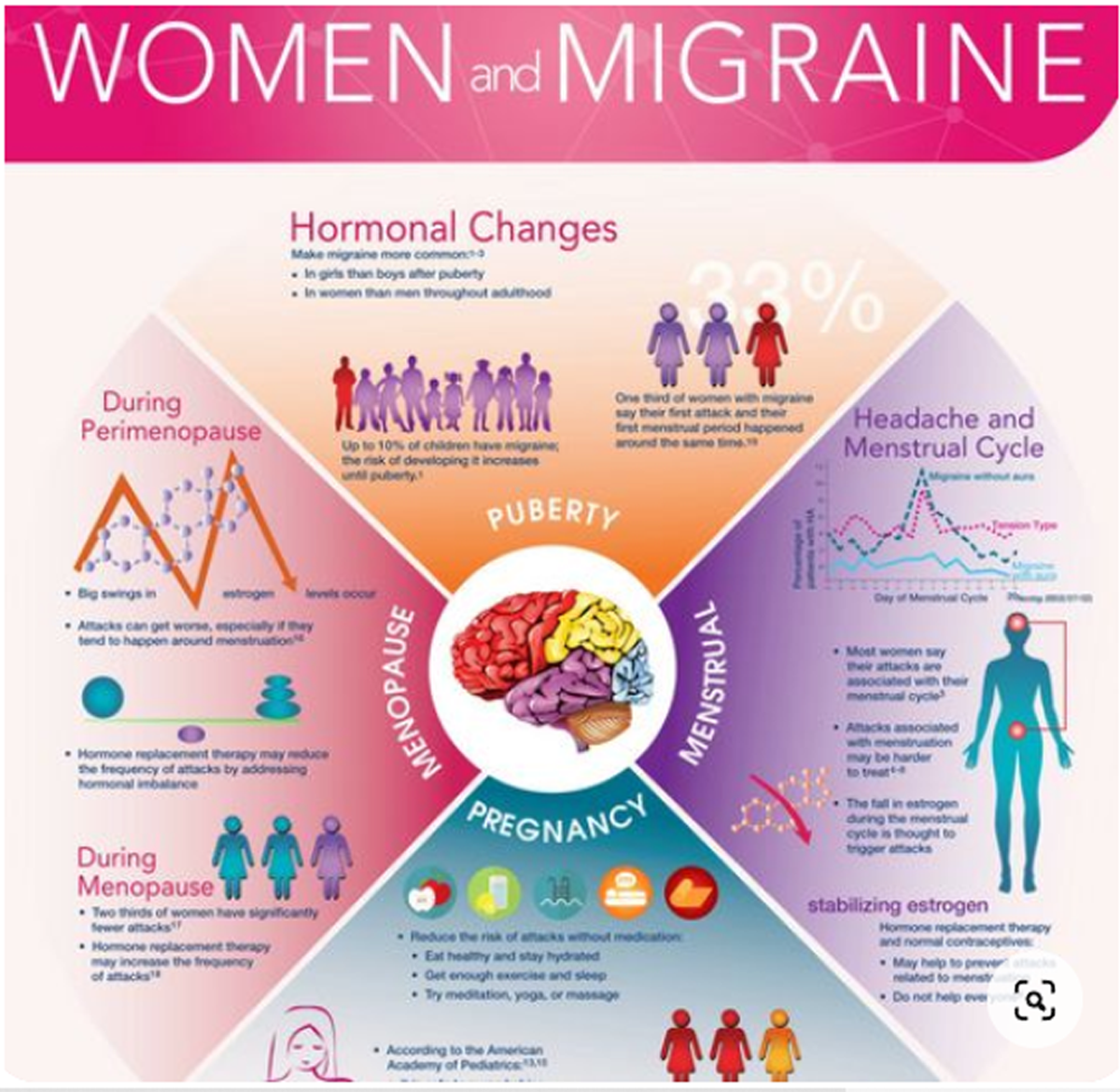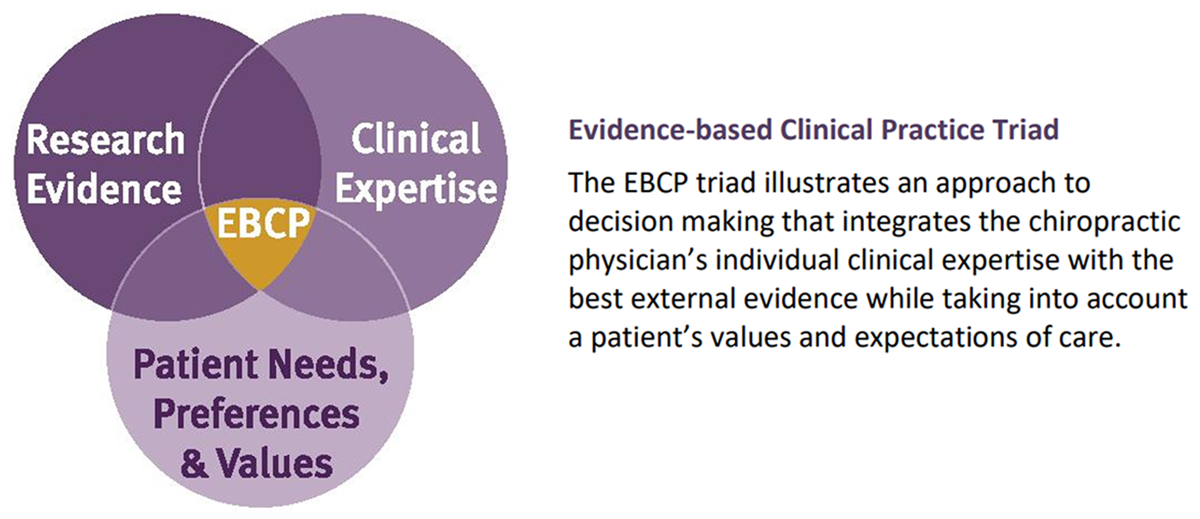The First Research Agenda for the Chiropractic Profession in Europe
SOURCE: Chiropractic & Manual Therapies 2014 (Feb 10); 22 (1): 9
Sidney M Rubinstein, Jenni Bolton, Alexandra L Webb, Jan Hartvigsen
Department of Health Sciences,
Faculty of Earth and Life Sciences,
VU University, Amsterdam,
1081 HV Amsterdam, The Netherlands
BACKGROUND: Research involving chiropractors is evolving and expanding in Europe while resources are limited. Therefore, we considered it timely to initiate a research agenda for the chiropractic profession in Europe. The aim was to identify and suggest priorities for future research in order to best channel the available resources and facilitate advancement of the profession.
METHODS: In total, 60 academics and clinicians working in a chiropractic setting, and who had attended any of the annual European Chiropractors’ Union/European Academy of Chiropractic (ECU/EAC) Researchers’ Day meetings since their inception in 2008, were invited to participate. Data collection consisted of the following phases: Phase 1 identification of themes; Phase 2 consensus, which employed a Delphi process and allowed us to distill the list of research priorities; and Phase 3 presentation of the results during both the Researchers’ Day and a plenary session of the annual ECU Convention in May 2013. In addition, results were also distributed to all ECU member countries.
RESULTS: The response rate was 42% from Phase 1 and 68% from Phase 2. In general, participants were middle-aged, male and had been awarded a Doctor of Philosophy (PhD) as well as chiropractic degree. Approximately equal numbers of participants had obtained their chiropractic degree from the UK/Europe and North America. The majority of participants worked primarily in an academic/research environment and approximately half worked in an independent institution. In total, 58% of the participants were from the UK and Denmark, collectively representing 44% of the chiropractors working in Europe. In total, 70 research priorities were identified, of which 19 reached consensus as priorities for future research. The following three items were thought to be most important: 1) cost-effectiveness/economic evaluations, 2) identification of subgroups likely to respond to treatment, and 3) initiation and promotion of collaborative research activities.
CONCLUSIONS: This is the first formal and systematic attempt to develop a research agenda for the chiropractic profession in Europe. Future discussion and study is necessary to determine whether the themes identified in this survey should be broadly implemented.
From the Full-Text Article:
Introduction
Research involving chiropractors is evolving and expanding in several European countries while resources are limited. At the European Chiropractors’ Union/European Academy of Chiropractic (ECU/EAC) Researchers’ Day in Zurich, Switzerland (June 2011), it was decided amongst the members that we needed to establish a vision for chiropractic research in Europe for the forthcoming five to ten years. This is in line with the results from a recent survey of all ECU member nations by the EAC Research Council. [1] Various other initiatives have also been conducted within the chiropractic profession, which include a strategic planning conference whose goal was to better service the public and at the same time promote the profession. [2]
There are three primary reasons why the instigation of a research agenda is believed to be important. Firstly, it is thought that the process could facilitate unity within the European chiropractic research community and encourage collaboration on research items considered to be important. Secondly, no European chiropractic research agenda has ever been established, which is in contrast to North America where an agenda was first established in 1997 [3] with an update in 2006 [4, 5]. Finally, researchers with chiropractic backgrounds frequently work and publish with other professionals, so it is of interest to investigate whether priorities from a chiropractic research agenda differ from other published agendas. For example, recently, a set of research priorities was established in the UK for non-pharmacological therapies for common musculoskeletal problems through a consensus process. [6]
There are more articles like this @ our:
The goal of this study was to establish a list of suggested research priorities for the European chiropractic profession. In order to investigate this, a Delphi approach was used. The Delphi procedure is a methodology designed to obtain consensus from a panel of experts on issues or questions that are “shrouded in uncertainty, but cannot be measured or evaluated in the classical sense”. [7] This is typically achieved through a series of rounds where information is fed back to panel members using questionnaires and has been used extensively in socialscience research. [8]
Methods:
Selection of panel members
Read the rest of this Full Text article now!






Leave A Comment